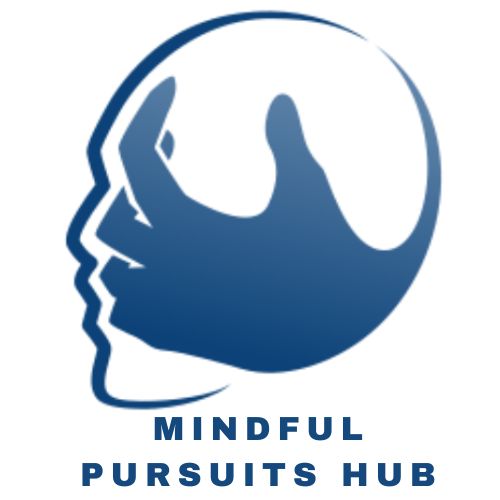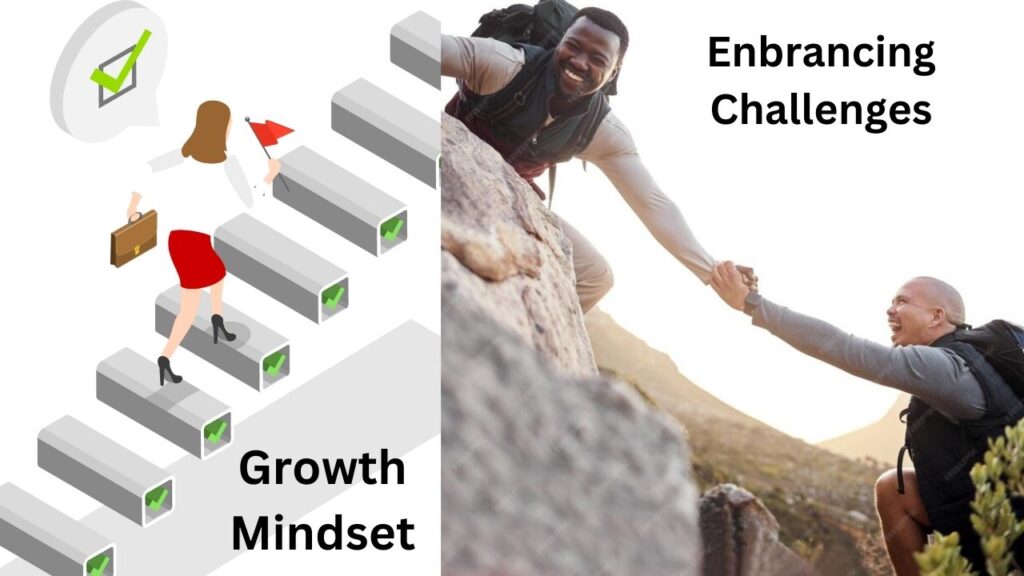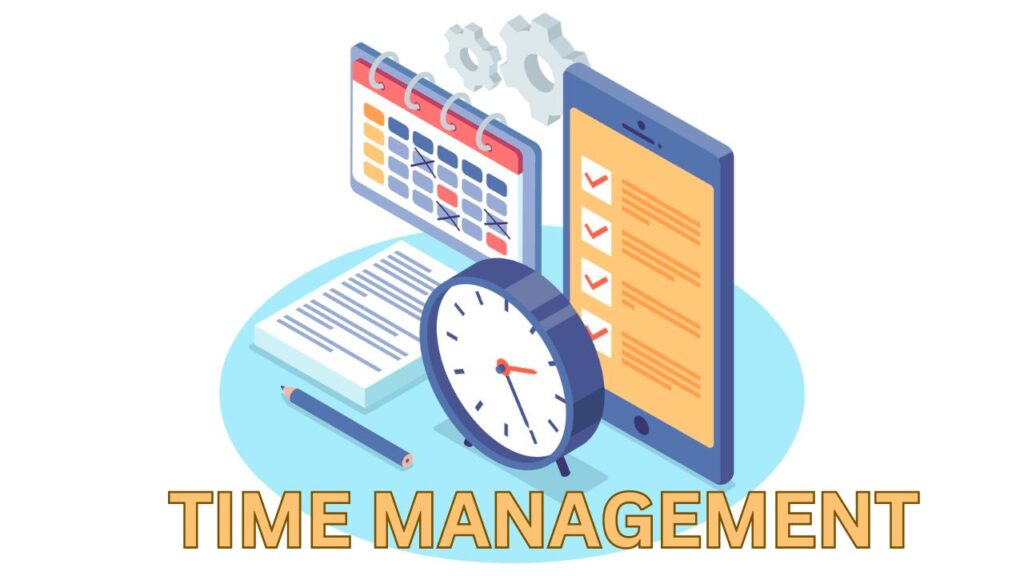The world today is driven and operated by creativity and innovation. This era has indeed demonstrated that creativity and innovation are no longer limited to artists, inventors, or entrepreneurs. They have become essential skills for individuals across all walks of life. Whether you are a student, a professional, a homemaker, or someone seeking personal growth, the ability to think creatively and foster innovation can enhance your problem-solving skills, boost your career, and enrich your daily experiences. You are here to explore the importance of creativity and innovation, see the science behind them, and be provided with actionable strategies to help you enhance creativity and innovation in your daily life.
Jump to Section:
ToggleThe Significance of Creativity and Innovation
As noted above, creativity and innovation is very important in this era as they can foster physical, personal, career and professional growth. Below are some of the significance of cultivating creativity and innovation.
1. Problem Solving
Creativity is at the heart of effective problem-solving. It enables you to approach challenges with fresh perspectives and develop unique solutions.
2. Career Advancement
Innovation and creative thinking are highly valued in the workplace. They can set you apart from your peers and lead to career growth and opportunities.
3. Personal Growth
Creativity fosters personal growth by encouraging self-expression and exploration. It helps you discover your passions and develop a sense of purpose.
4. Adaptability
Innovative thinking allows you to adapt to changing circumstances and embrace new opportunities, whether in your personal or professional life.
5. Enhanced Well-being
Engaging in creative activities and nurturing your innovative mindset can improve mental health and overall well-being. It provides a sense of fulfilment and satisfaction.
The Science of Creativity and Innovation
If you are well-abreast of the science behind creativity and innovation, it will provide a foundation for your understanding of how you can enhance these qualities in your daily life. Creativity and innovation are not magical gifts bestowed upon a selected few. Indeed, they are cognitive processes rooted in science. Understanding these processes can demystify creativity and help you harness it more effectively:
1. Neurological Foundations
Creativity is not a singular process but a symphony of brain functions. Neurotransmitters like dopamine, associated with reward and pleasure, play a crucial role in motivation and idea generation. Brain regions such as the prefrontal cortex, responsible for decision-making, and the hippocampus, linked to memory, collaborate during creative endeavours.
2. The Role of Neuroplasticity
Our brains are not static; they possess a remarkable ability called neuroplasticity. This allows the brain to adapt and reorganize itself in response to new experiences and challenges. Engaging in diverse activities, learning new skills, and exposing oneself to different perspectives can enhance neuroplasticity, fostering a more creative and innovative mindset.
3. Divergent and Convergent Thinking
Creativity involves both divergent and convergent thinking. Divergent thinking allows for the generation of a variety of ideas, while convergent thinking involves analyzing and selecting the most viable ones. Striking a balance between these thinking styles is crucial for nurturing creativity.
4. Cognitive Processes in Innovation
Innovation, the application of creative ideas, is a structured process. It often involves problem-solving, critical thinking, and a willingness to take calculated risks. If you understand how cognitive processes contribute to innovation, it can empower you to navigate challenges more effectively.
5. Embracing Ambiguity
Creativity thrives in environments that embrace ambiguity. This involves being comfortable with uncertainty and exploring unconventional ideas. The ability to tolerate ambiguity allows you to venture into uncharted territory, where breakthroughs and innovative solutions often reside.
6. Cultivating a Growth Mindset
Psychologist Carol Dweck introduced the concept of a growth mindset, emphasizing the belief that abilities and intelligence can be developed through dedication and hard work. Cultivating a growth mindset encourages individuals to see challenges as opportunities for growth, fostering a resilient and innovative approach to problem-solving.
Strategies for Enhancing Creativity and Innovation

Having understood the significance and science behind creativity and innovation, let’s explore actionable strategies to enhance them in daily life:
1. Cultivate Curiosity and Approach Things with Inquisitiveness
Cultivating a mindset of curiosity involves actively seeking to understand the world around you. It is about asking questions, exploring the unknown, and maintaining a sense of wonder. When you approach challenges or opportunities with curiosity, you open yourself up to new possibilities and perspectives. This mindset fuels the creative process by encouraging a constant search for knowledge and understanding. This is the driving force behind innovation capable of prompting you to delve deeper, think critically, and uncover novel solutions to problems.
2. Encouraging Continuous Learning and Skill Development
A commitment to lifelong learning and skill development is essential for staying adaptable and fostering a creative mindset. You need to actively seek out new knowledge, whether it is in your current field or beyond. Attend workshops, take online courses, and engage in activities that challenge your existing skills. Exposure to diverse perspectives and methodologies broadens your cognitive toolkit, providing you with a richer set of resources to draw from when approaching problems.
Additionally, learning from failure is a crucial aspect of the creative process. This is where cultivating a growth mindset mentioned above comes in. Embrace setbacks as opportunities to learn and refine your approach. This strategy recognizes that a proactive approach to learning and a resilience in the face of challenges are key components of a creative and innovative mindset.
3. Leveraging Technology and Digital Platforms
This digital age has presented numerous opportunities. Technology can be a powerful ally in enhancing creativity and innovation. Explore digital platforms more than ordinary users do. Also utilize digital platforms for collaborative ideation, providing virtual spaces where individuals from different locations can contribute ideas in real-time. Embrace tools that facilitate brainstorming, project management, and communication. Virtual reality and augmented reality technologies can also be employed to simulate immersive environments that inspire creative thinking. By leveraging the capabilities of technology, with collaborative teams, you can overcome physical barriers, tap into global perspectives, and access a wealth of information, fostering a culture of innovation that transcends traditional boundaries.
4. Cultivate a Positive Perspective
Positivity is a mindset that not only contributes to overall well-being but also serves as a catalyst for creative thinking. Maintaining a positive outlook in the face of challenges fosters resilience and a willingness to explore new possibilities. Positivity will encourage you to approach problems with optimism, seeing setbacks as opportunities for growth rather than insurmountable obstacles. This mindset is essential for sustaining enthusiasm and dedication in creative endeavours, providing the emotional fuel needed to navigate the uncertainties inherent in the innovation process.
5. Liberate Your Thoughts
Creating a space for uninhibited thinking is crucial for unlocking creativity. Allowing your thoughts to flow freely, without the constraints of judgment or self-censorship, is liberating. This open exploration can lead to the generation of unconventional ideas and breakthroughs. It involves suspending self-doubt and embracing the potential of “wild” or seemingly impractical thoughts. This freedom of thought is a key component of the creative process, enabling individuals to explore uncharted territories and discover innovative solutions that might have otherwise remained hidden.
6. Have a Receptive Mind
A receptive mind, also known as an open mind, is a fertile ground for creativity to flourish. It means being receptive to different ideas, perspectives, and approaches. When you approach situations without preconceived notions, you create space for innovation to emerge. An open mind fosters collaboration, as it invites diverse viewpoints into the conversation. It encourages individuals to challenge their own assumptions, break away from conventional thinking, and consider alternative solutions. This openness to new possibilities is a cornerstone of creative thinking, allowing for the synthesis of ideas that may not have been apparent in a more closed-minded approach.
7. Encourage Collaborative Dialogue and Brainstorming
Collaboration is a cornerstone of innovation, and discussing ideas with a team amplifies the creative process. The exchange of thoughts, perspectives, and expertise within a group setting generates a collective intelligence that often surpasses individual capabilities. Team discussions provide a platform for brainstorming, refining concepts, and considering diverse viewpoints. This collaborative dynamic is essential for fostering a culture of innovation, where the synergy of a team contributes to the development of creative solutions that might not be achievable in isolation.
8. Diversify Your Media Intake
Diversifying your content consumption is a powerful strategy for broadening your mental horizons. Deliberately seeking out content outside your usual preferences exposes you to new concepts, cultures, and perspectives. This exposure is a catalyst for creative thinking, as it introduces fresh ideas and stimulates the brain in unexpected ways. Whether it’s reading a genre you typically avoid or exploring topics outside your comfort zone, the act of consuming varied content enriches your mental palette, providing a wellspring of inspiration for innovative thoughts and solutions.
9. Cultivate Thinking for Improvements
The inclination to consider improvement is at the heart of innovative thinking. Rather than accepting the status quo, this mindset involves actively seeking ways to enhance processes, systems, or products. It is a form of constructive dissatisfaction that would propel you to critically analyze the current state of affairs and envision better alternatives. By consistently asking the question, “How can this be improved?” you lay the groundwork for creative problem-solving and contribute to a culture of continuous innovation.
10. Activate Cognitive Function
Brain stimulation is a proactive approach to enhancing cognitive abilities and creativity. Engaging in activities that challenge the brain, such as puzzles, games, or learning new skills, promotes neural plasticity – the brain’s ability to adapt and grow. These mental exercises not only keep the brain sharp but also foster a more agile and creative mindset. The act of stimulation will encourage you to think beyond your usual patterns, breaking mental routines and paving the way for innovative thinking to take root.
11. Practice Learning Through Observation
Observation is a powerful tool for gaining insights and sparking creativity. By paying attention to how others navigate challenges or approach problem-solving, you tap into a wealth of experiential knowledge. This process involves not just seeing but actively interpreting and learning from the behaviours and strategies of those around you. Observing others can lead to the discovery of innovative approaches and inspire creative thinking by providing real-world examples of effective problem-solving.
12. Allocate Time for Innovative Thinking
Creativity requires intentional dedication of time and attention. Actively setting aside time for creative thinking ensures that it becomes a priority in your daily life. This commitment involves carving out moments for reflection, ideation, and experimentation. Making time for creativity is a proactive step toward integrating it into your routine, reinforcing its importance in your personal and professional pursuits. Whether through structured brainstorming sessions, designated “creative time” blocks, or regular moments of reflection, prioritizing time for creativity contributes to the cultivation of a more innovative mindset.
Challenges in Enhancing Creativity and Innovation
While the benefits of fostering creativity and innovation are profound, various challenges can impede their development and application. One significant obstacle is the resistance to change, often rooted in fear of the unknown or a preference for established routines. Creating a culture that embraces change is essential. Additionally, time constraints and tight schedules can limit the space needed for creative thinking. Balancing the demand for efficiency with the need for innovative exploration poses a continual challenge.
Another hurdle is the fear of failure, which can stifle risk-taking and experimentation—the very essence of creativity. Overcoming this fear requires a shift in mindset that views failures as opportunities for growth. Lack of resources, whether financial or technological, can also hinder the implementation of creative ideas. Striking a balance between resource constraints and the pursuit of innovation necessitates strategic planning.
Moreover, organizational structures that prioritize hierarchy over collaboration can stifle the free flow of ideas. Encouraging a more inclusive and open workplace culture is crucial. Lastly, a lack of diversity within teams can limit the range of perspectives, hindering creative solutions. Overcoming these challenges requires a holistic approach, involving leadership commitment, cultural shifts, and the fostering of an environment where creativity is not just encouraged but celebrated. Recognizing and addressing these challenges is a vital step towards unlocking the full potential of creativity and innovation in various spheres of life.
Conclusion
Creativity and innovation are not reserved for a select few; they are skills that can be cultivated and enhanced in your daily life. By understanding the science behind creativity, adopting practical strategies, and addressing the attending challenges, you can unlock your creative potential and enrich your personal and professional experiences. Remember that creativity is a journey, and it is okay to start small. As you integrate creativity and innovation into your daily life, you will discover new opportunities, solve problems with ease, and lead a more vibrant and fulfilling existence. Start your creative journey today, and watch your world expand with possibilities.






